Laying the Foundation: Encouraging Healthy Emotional Expression in Children
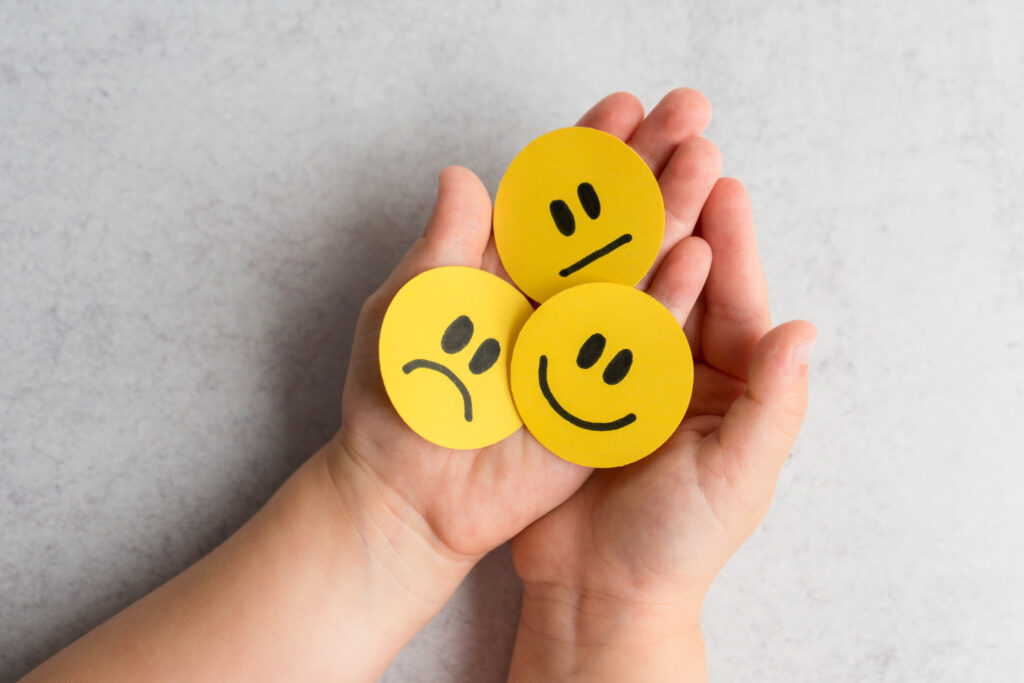

Starting in infancy children begin the chaotic (but delicate) process of experiencing and expressing emotions. How they choose to express those emotions may not always match what they are experiencing. A simple miscommunication can quickly turn into a chaotic moment, or even worse, a dysregulated kid. For example, children often express anxiety through irritability, control-seeking or tantrums. As caretakers, we have to learn at turbo speed how to respond to our child’s needs for our survival. But as children grow, they continue to feel more complex emotions with limited knowledge on how to productively express and regulate themselves.
Feelings are a natural part of the human experience- they are our guidance and motivation system. But emotion regulation strategies, especially for intense emotions, do not necessarily develop naturally and must be purposefully taught and developed. There are natural and organic ways to incorporate conversations about feelings into our daily lives that are effective and beneficial to laying the foundation for healthy emotional regulation.
Model the I-Message
Laying the foundation begins with caretakers modeling what we want our children to say and do. As adults, we play a crucial role in modeling healthy emotional expression for children. We can move our internal experiences to the surface and express them in a clear, structured pattern.. Expressing how you are feeling out loud and how you are processing and working through an emotion creates normalcy and a comfortability in conversations around feelings. Using a reliable pattern or structure in communication teaches your child an important tool for regulation and expression.
A commonly taught practice for children is the I- Message. The I-Message is a simple three sentence approach. You can learn to make I-Messages by filling in the blanks:
“I Feel_______”
“When_______”
“I Need______ / Can You Please_____?”
“I Feel _______”:
The I-Message begins with taking ownership of our emotions and normalizing the experience by speaking in the first person. An example would be saying “I felt angry” instead of “They made me angry”. No one makes us feel any emotion. We all have feelings and it’s natural to feel them! It’s beneficial as adults to include conversations about all feelings; especially feelings that may get glossed over with kids in conversation like embarrassment, guilt, shame, shyness, and nervousness. This helps children be more comfortable approaching adults about uncomfortable or distressing situations.
“When ______”:
Even though no one made us feel an emotion, it’s important to talk about how an interaction contributed to us feeling an emotion. It’s important to tell others how their actions affect us. Instead of saying, “Jack made me angry when he didn’t include me”,” try saying this;“I felt angry when I think I’m being left out.”
“I Need _____/ Can You_____”:
Lastly, advocate for what you need in the moment which teaches more emotional regulation and problem solving skills! An example of this can sound like, “I needed to take a few breaths. I am going to call Jack and set something up for us to hang out soon. That will make me feel better.” Or, “Can you please talk with me next time this situation happens so we can solve the problem together?” Modeling the link between an emotion and the resulting choice you make is very powerful for children to see, hear and witness.
By modeling this pattern of communication over and over again, across many situations our children learn that emotions are a normal and important piece of solving problems, getting their needs met, and having healthy relationships.
Full disclosure – this process is more challenging with kiddos who feel emotions intensely! We would love to help support you to use this, and other skills in your child’s emotional development.

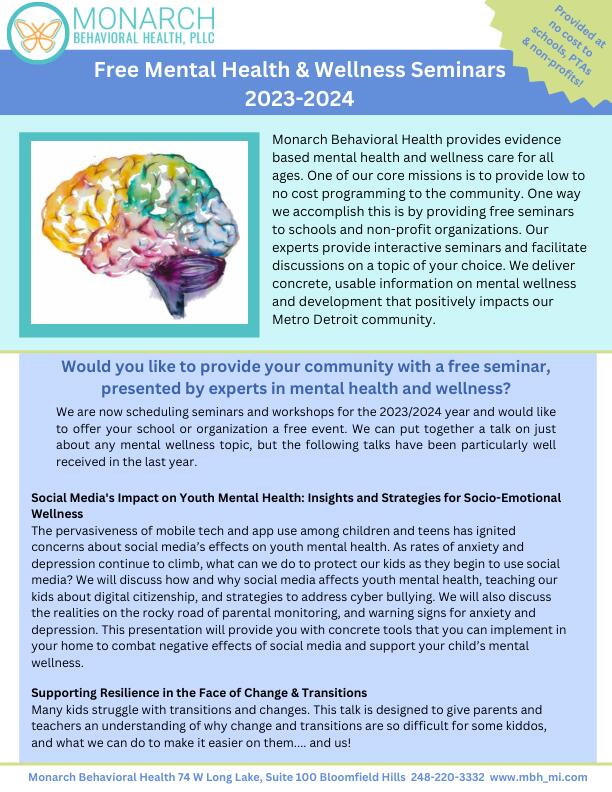
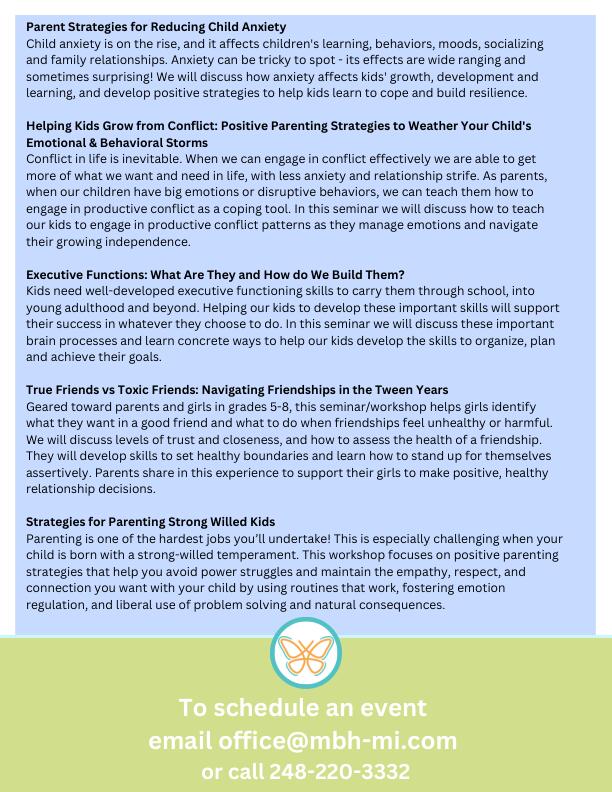
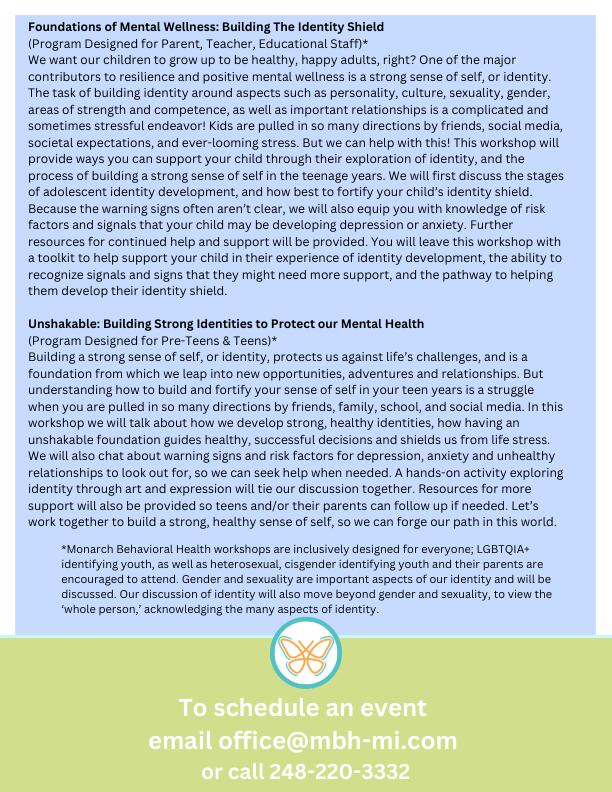





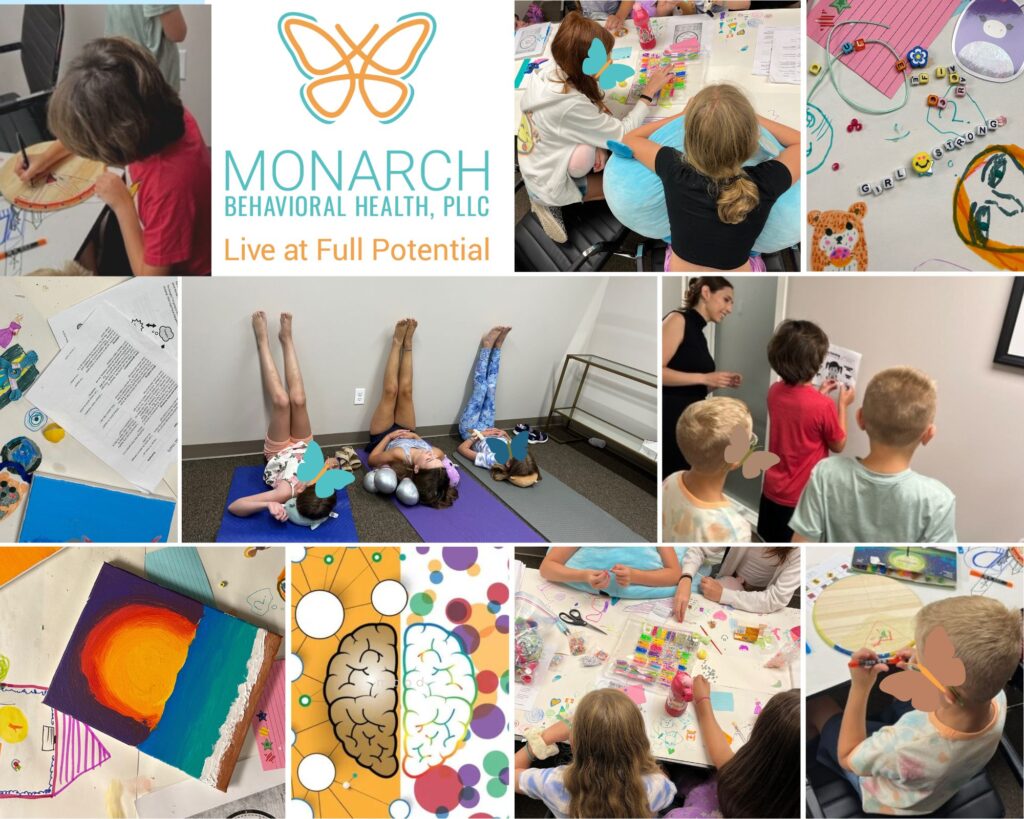



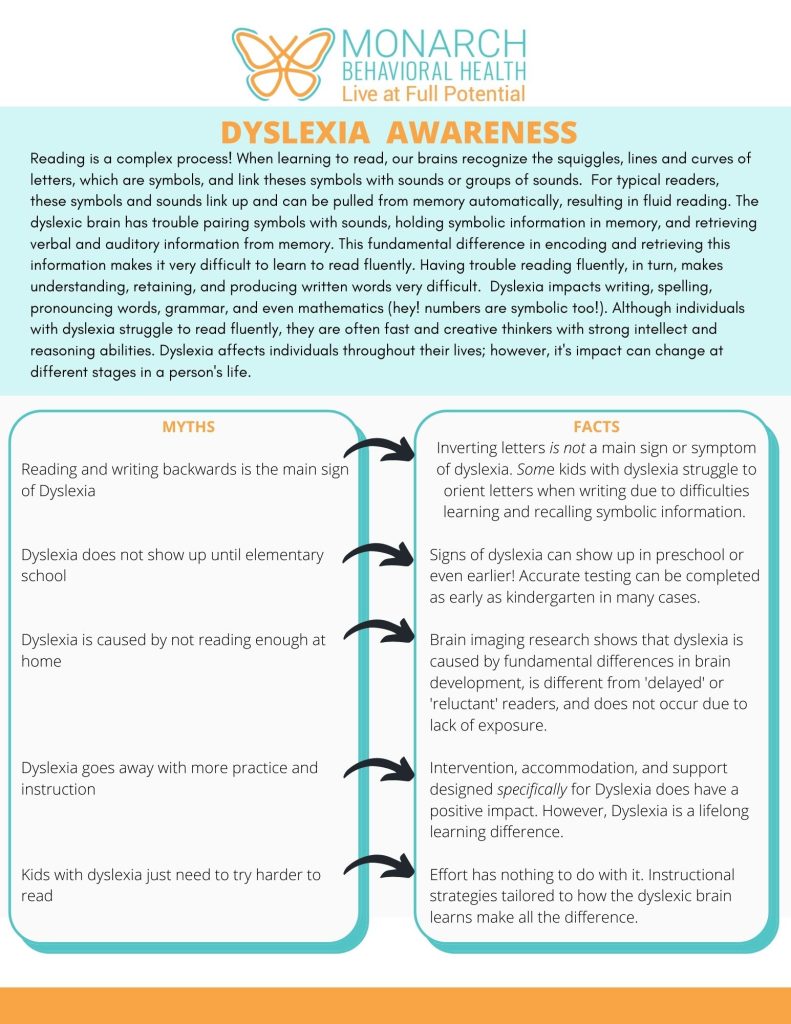
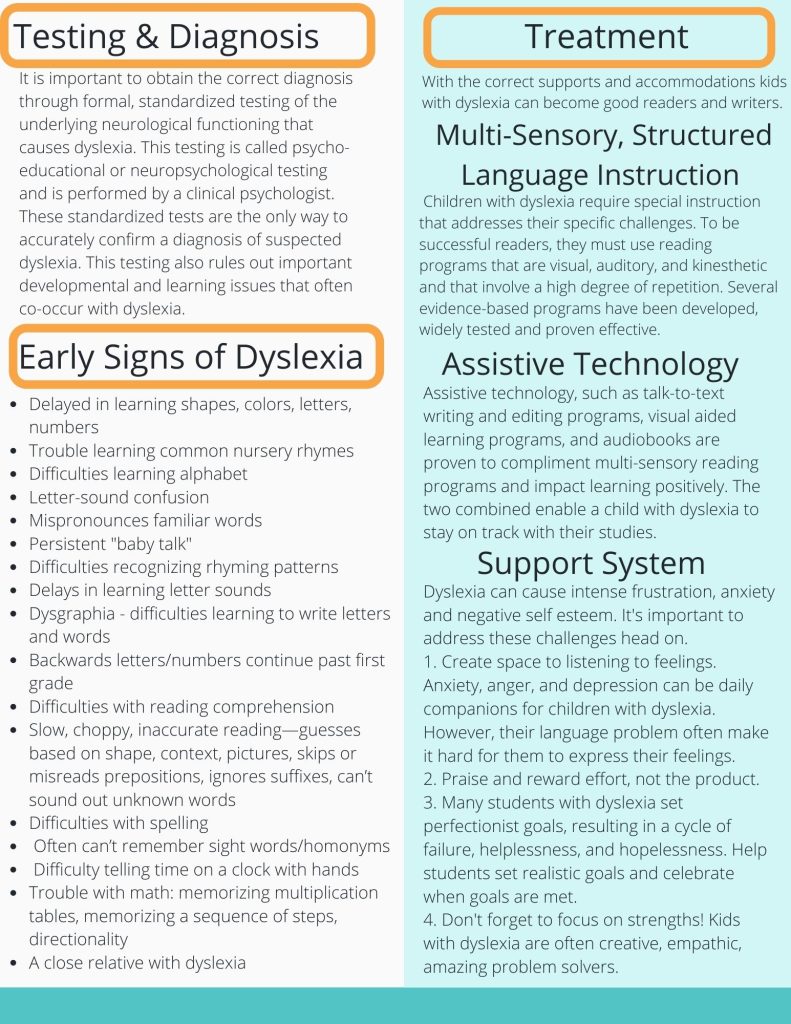

Recent Comments